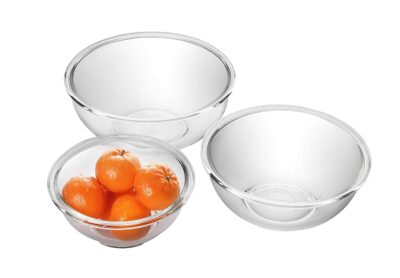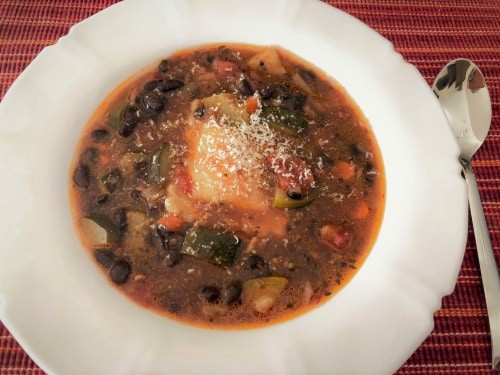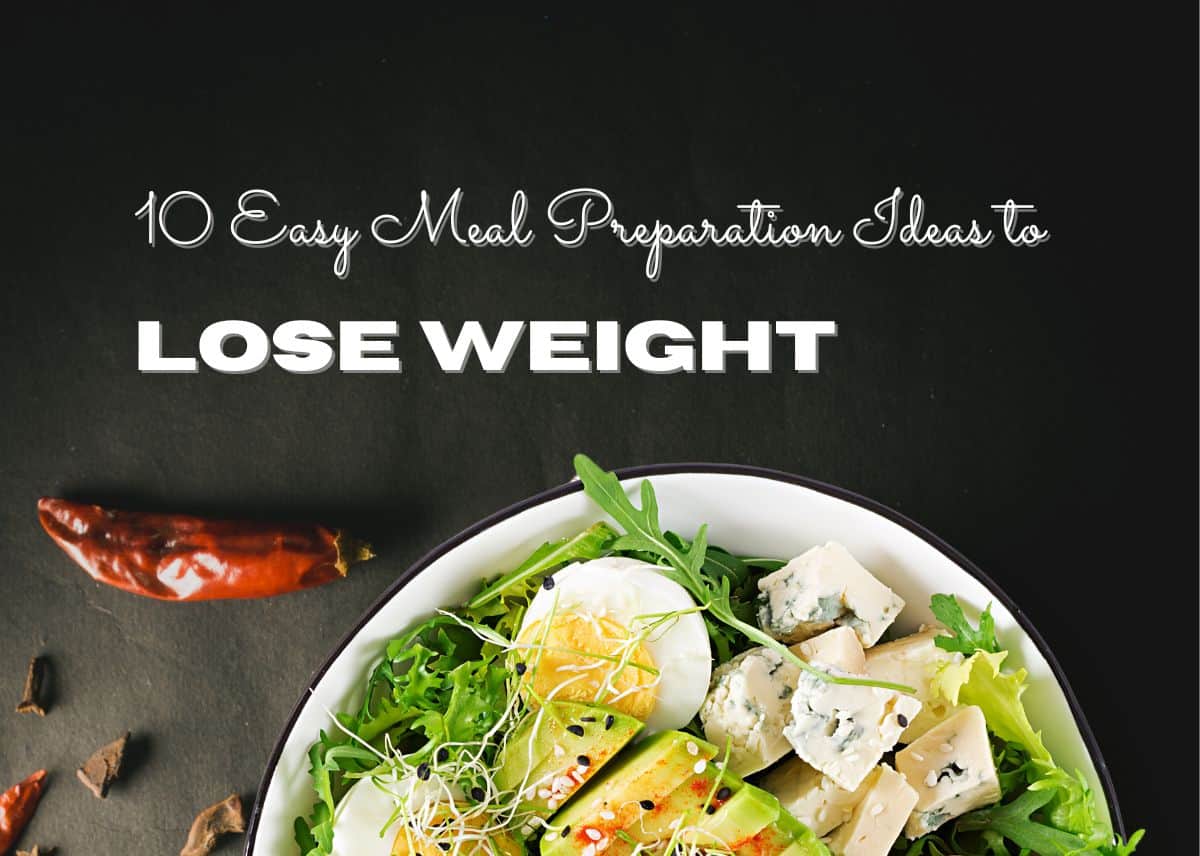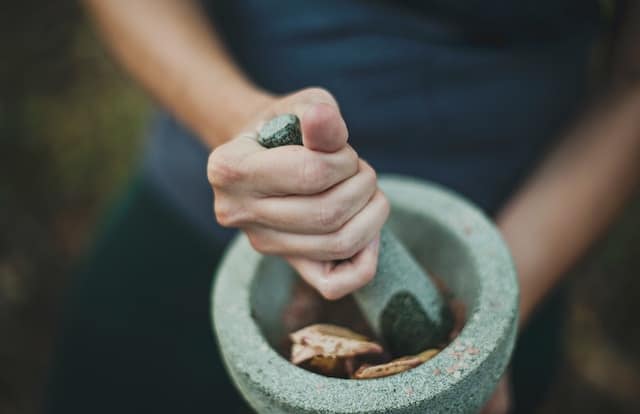How to Make Homemade Apple Cider
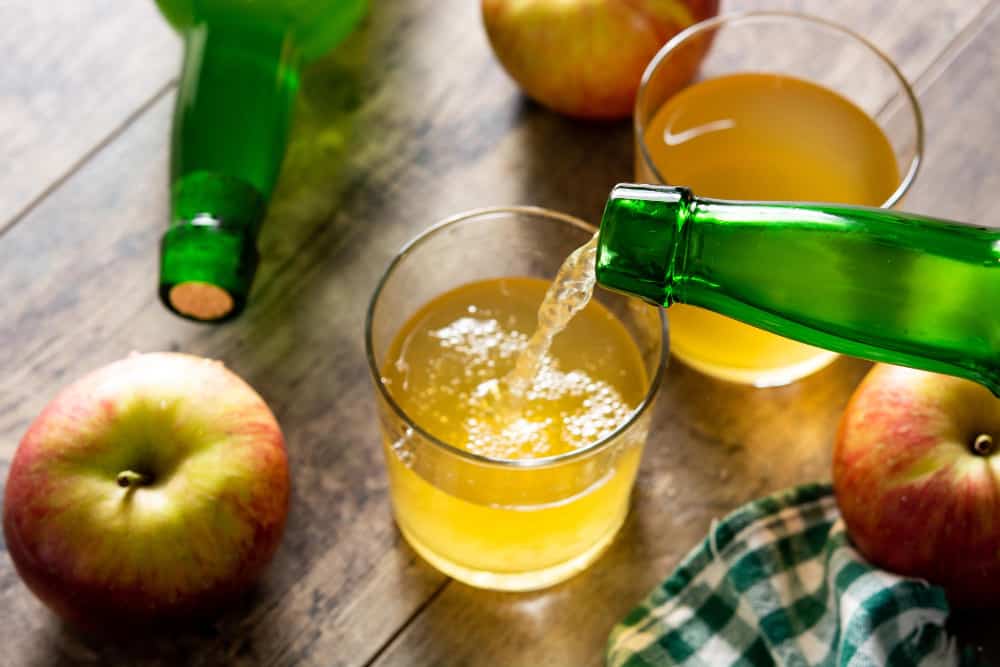
Advertisement
Homemade apple cider captures the essence of autumn, filling your home with the comforting aroma of ripe apples and warm spices. Crafting this seasonal beverage from scratch is not only a delightful culinary experience but also a perfect way to embrace the flavors of fall. In this guide, we'll take you through the step-by-step process of making delicious homemade apple cider right in your own kitchen.
Advertisement
Ingredients
- 3-4 Apples Choose a mix of sweet and tart varieties like Gala, Fuji, and Granny Smith.
- 1 jug Water Fresh, clean water is essential for extracting the flavors from the apples.
- 2 teaspoon Sugar optional: Adjust according to your taste preference.
- 1 Cinnamon sticks These spices add warmth and depth to the cider
- 2-3 Cloves These spices add warmth and depth to the cider
- 1 Nutmeg These spices add warmth and depth to the cider
- 1 Orange peel optional: For a citrusy twist.
Advertisement
Instructions
Select and Prep the Apples
- Wash and chop the apples into quarters, including the cores and peels.
- Remove any spoiled or damaged parts.
Combine Ingredients
- Place the chopped apples into a large stockpot.
- Add enough water to cover the apples.
Add Spices
- Drop in cinnamon sticks, cloves, and nutmeg to infuse the cider with warm, autumnal flavors.
- Include orange peel for a hint of citrus brightness.
Simmer
- Bring the mixture to a boil and then reduce the heat to a simmer.
- Let it simmer for 1-2 hours, stirring occasionally.
Mash and Strain
- Mash the softened apples with a potato masher to release more flavor.
- Strain the mixture using cheesecloth or a fine mesh strainer to separate the liquid from the solids.
Sweeten to Taste
- Taste the cider and add sugar if desired. Stir until the sugar dissolves.
Cool
- Allow the cider to cool to room temperature.
Store
- Transfer the cider to a heat-resistant pitcher or jars for storage.
- Refrigerate for up to one week, or freeze for longer shelf life.
Serve
- Serve the homemade apple cider warm or cold, garnished with a cinnamon stick for an extra touch of fall.
Notes
Equipment Required
- Large stockpot
- Cheesecloth or a fine mesh strainer
- Ladle
- Heat-resistant pitcher or jars for storage
Hottest Picks from Amazon
Recipe Nutrition
Calories: 116 kcal | Carbohydrates: 30 g | Protein: 1 g | Fat: 1 g | Saturated Fat: 0.2 g | Polyunsaturated Fat: 0.1 g | Monounsaturated Fat: 0.04 g | Sodium: 3 mg | Potassium: 212 mg | Fiber: 6 g | Sugar: 22 g | Vitamin A: 119 IU | Vitamin C: 14 mg | Calcium: 31 mg | Iron: 0.4 mg
Advertisement



